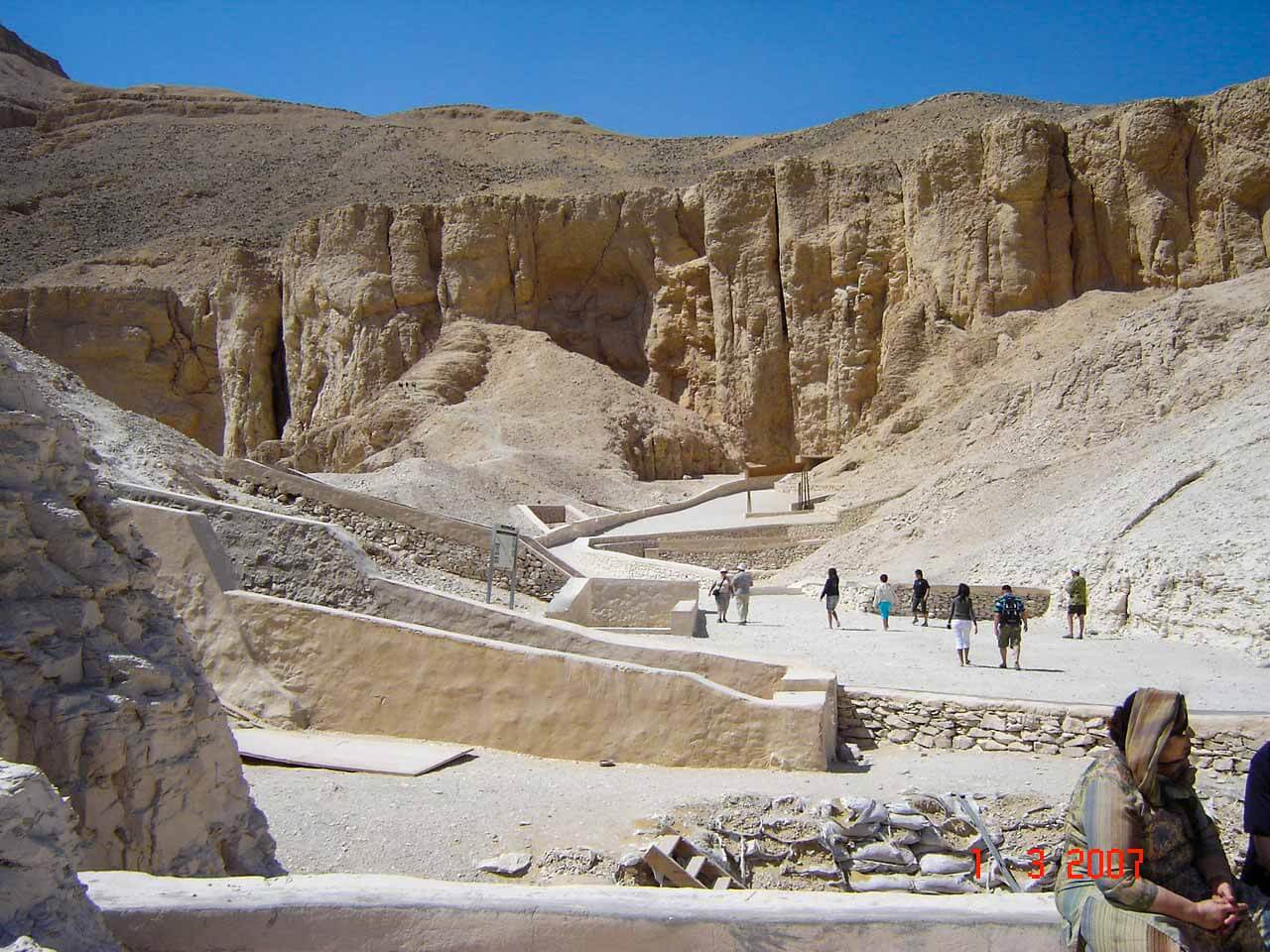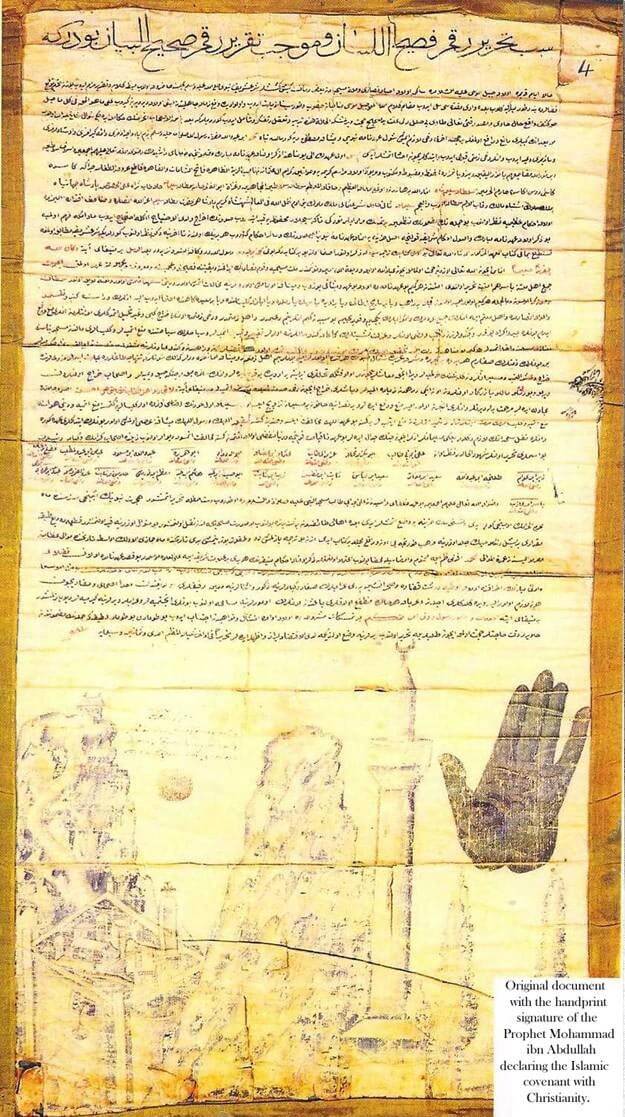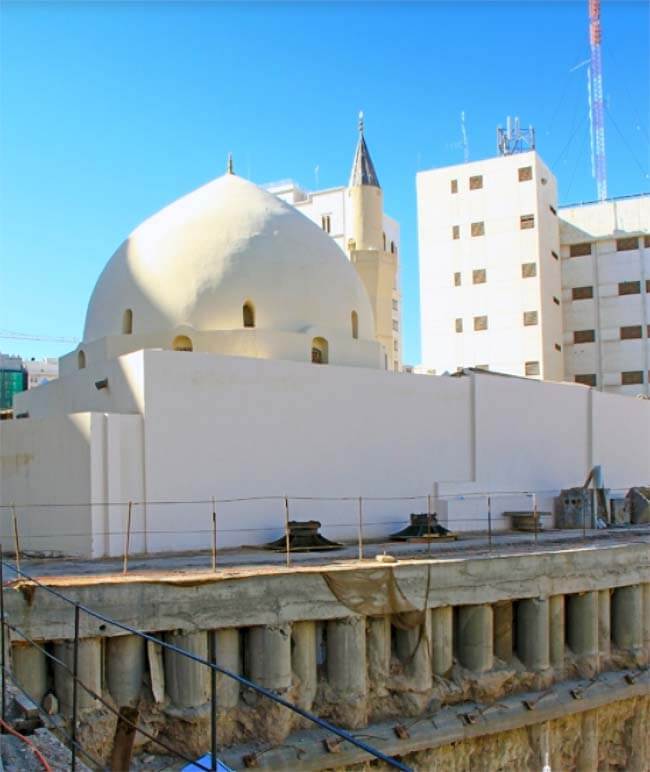Mecca Sharif, Saudi Arabia
Coordinates: 21.430211, 39.821647
Shi’b Abi Talib is a valley between the Mount Abu Qubays and the Mount Khandama in Mecca. When polytheists of Mecca declared an economic and social boycott on Prophet Muhammad ﷺ, Banu Hashim and Muslims, It was in Shi’b Abi Talib they lived for three years under blockade.
The valley was owned by Hz. Abd al-Muttalib رضي الله عنه and the house of Hz. Bibi Khadija رضي الله عنها where she lived with Hz. Prophet Muhammad ﷺ, and their children were born in, was located there.
The valley is in the east of Ka’ba, next to the place where Sa’y is performed. Because the valley is located close to Ka’ba, it was regarded as the best place in Mecca sharif.
As Hz. Prophet Muhammad ﷺ was also born in that region, it is also called as Shi’b al-Mawlid (the birthplace valley).
Bibi Fatima رضي الله عنها was born in this region as well.
Today, only a small part of this region, called Suq al-Layl, is left and the other parts were added to al-Masjid al-Haram in different expansions of the mosque.
Meccan boycott of the Hashemites
It was a public boycott against the clan of Banu Hashim, declared in 616 (7th year of Prophethood) by the leaders of Banu Makhzum and Banu Abd-Shams, two important clans of Quraysh.
According to tradition, the boycott was carried out in order to put pressure on Banu Hashim to withdraw its protection from Hz. Prophet Muhammad ﷺ.
The terms imposed on Banu Hashim, as reported by Ibn Ishaq, were “that no one should marry their women nor give women for them to marry; and that no one would trade with them, and when they agreed on that they wrote it in a deed.
It became a source of great troubles for the Muslims. They were forced to do their second migration to an area called Shib Abi Talib or Shib Abi Hashim where they suffered hunger. The boycott was ended in 619, the Year of Sorrow.
The boycott eventually collapsed mainly because it was not achieving its purpose; the boycott had caused extreme privation and the sympathizers within the Quraysh finally united to annul the agreement.
According to Muslim tradition, the parchment holding the boycott declaration was found to be eaten by termites except the name of Allah.










